

Flirting with death is, well, deadly.
Pattern info
14 ct 72×73 Stitches (13,1 x 13,2 cm) (5,1 x 5,2 in.)
16 ct 72×73 Stitches (11,4 x 11,6 cm) (4,5 x 4,6 in.)
18 ct 72×73 Stitches (10,2 x 10,3 cm) (4,0 x 4,1 in.)
Pattern Keeper compatible
This chart has been tested and verified to work with Pattern Keeper by the designer. Cross-Stitch Vienna is not affiliated with Pattern Keeper. Please note that Pattern Keeper does not currently support backstitch reading! You will need to follow the PDF for the backstitch guide.
Download info
This is a digital PDF pattern only. The PDF contains the following versions:
- colour blocks with symbols,
- symbols in black and white only
- Pattern Keeper compatible chart.
- PLEASE NOTE that sometimes it was not possible to include the Pattern Keeper chart in the same PDF as the main chart (it was preventing PK from rendering the PDF in-app) – in such cases a direct download link was added in the notes on the cross-stitch key page. Upon clicking on it, you will receive a separate PDF with the chart in the Pattern Keeper format.
Please note that if you bought this item, no refunds will be made after purchase as it is a digital file. Terms and Conditions & copyright info: crossstitchvienna.at/terms-conditions
If you like skulls and flowers, this pattern is for you! This skull cross-stitch is based on the beautiful design by Julie de Graag:

Julie de Graag (1877-1924) is a female Dutch graphic artist and painter, whose life was ridden by personal tragedies and culminated in suicide. In 1904, she moved to Laren, the Netherlands, where she began to use a more stylized style under the influence of the sculptor Joseph Mendes da Costa and the painter Bart van der Leck . Her home burned down completely on New Year’s night 1908, with much of her work being lost. In addition to her work as an artist, she gave drawing lessons a few hours a week at a girls’ school in Utrecht. Her health condition was constantly fragile and she therefore often stayed with her parents in Hague. In the early 1920s, she declined both physically and mentally and had to stop teaching. This was reflected in the theme of her work, which became increasingly morbid. Julie de Graag committed suicide at the age of 46.
I hope that you will appreciate her work. Enjoy this chart!

